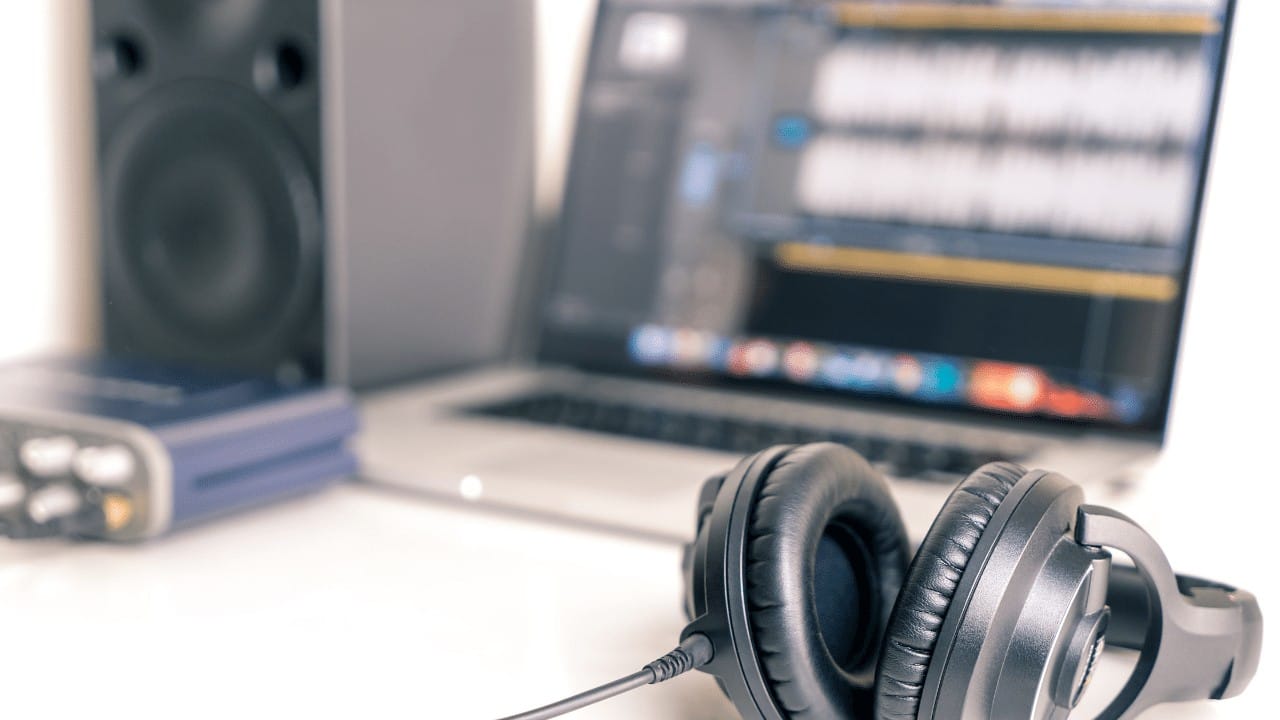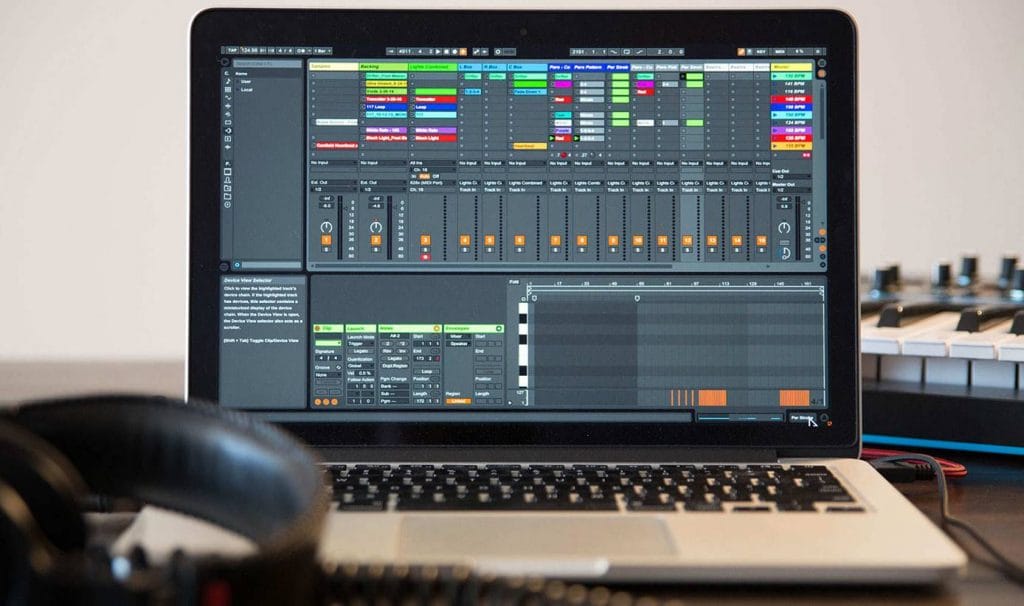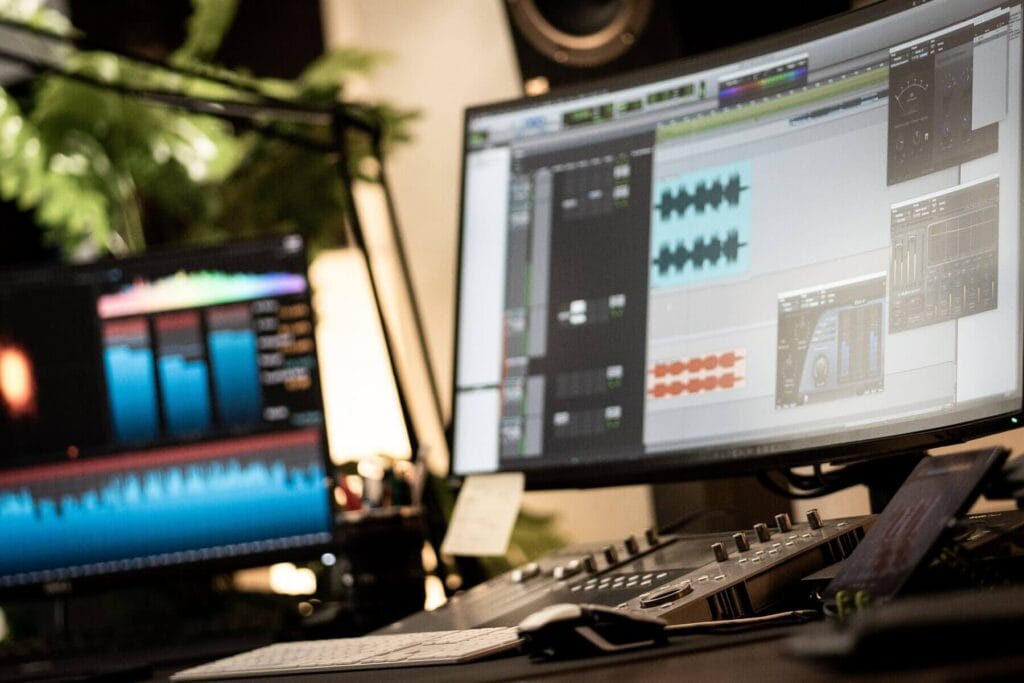Selecting the best DAW for music production is one of the most important decisions a musician or producer can make. A Digital Audio Workstation (DAW) serves as the core tool for recording, editing, mixing, and mastering music.
With a wide range of DAW options available, choosing the right one depends on your experience level, workflow, budget, and hardware compatibility. This guide will help you find the perfect DAW to bring your music to life.
Why Choosing The Right DAW For Music Production Matters
Your choice of DAW for music production can significantly impact your workflow, creativity, and overall sound quality. Here’s why selecting the right DAW is crucial:
- Ease of Use: A user-friendly interface ensures a smooth learning curve and efficient music production.
- Sound Quality: Professional DAWs offer high-fidelity audio processing, essential for high-quality tracks.
- Flexibility and Features: Different DAWs cater to specific genres and production styles, so finding one that aligns with your needs is key.
- Plugin and Instrument Support: The right DAW should support VST, AU, or AAX plugins and provide built-in virtual instruments.
- Performance and Stability: A well-optimized DAW ensures minimal crashes, smooth playback, and low latency.
Choosing a DAW that fits your creative and technical needs will streamline your production process and help you achieve professional-quality results.
Top DAW Options For Beginners And Professionals
There are many DAW for music production options available, each with unique features. Here are some of the top choices for beginners and professionals:
Best DAWs for Beginners:
- GarageBand (macOS) – Free and easy to use, perfect for newcomers experimenting with digital music production.
- FL Studio – Features an intuitive drag-and-drop workflow, ideal for beat-making and electronic music production.
- Ableton Live Lite – A simplified version of Ableton Live, great for learning music production.
- Reaper – A budget-friendly DAW with professional features, suitable for those looking to upgrade their skills.
Best DAWs for Professional Music Production:
- Pro Tools – Industry-standard DAW, widely used in studios for recording, mixing, and mastering.
- Ableton Live – A top choice for electronic music producers and live performance artists.
- Logic Pro X – Exclusive to macOS, offering advanced tools for songwriting, recording, and mixing.
- Cubase – Great for film scoring, orchestral arrangements, and complex productions.
- Studio One – A versatile DAW with an intuitive workflow, favored by many professional producers.
Selecting the right DAW depends on your production style and long-term goals.
Essential Features To Look For In A DAW For Music Production
When choosing a DAW for music production, it’s essential to consider the features that will enhance your workflow. Here are key factors to evaluate:
- User Interface & Workflow: Choose a DAW with an intuitive layout that matches your workflow preferences.
- MIDI Editing and Sequencing: Ensure the DAW supports in-depth MIDI sequencing for composing melodies and beats.
- Audio Recording and Editing: Professional-grade audio recording and flexible editing tools are crucial.
- Built-in Virtual Instruments and Effects: A good DAW should include high-quality synthesizers, drum machines, and mixing effects.
- Automation and Mixing Tools: Look for automation features that allow you to tweak volume, panning, and effects over time.
- Plugin and Third-Party Support: Compatibility with VST, AU, and AAX plugins expands your creative possibilities.
A DAW that meets these criteria will provide a solid foundation for producing high-quality music.
Hardware And Software Compatibility When Selecting A DAW
The best DAW for music production should be compatible with your existing hardware and operating system. Here’s what to consider:
Operating System Compatibility:
- Windows & macOS DAWs: Ableton Live, FL Studio, Pro Tools, Cubase, and Reaper are cross-platform.
- macOS-Exclusive DAWs: Logic Pro X and GarageBand.
- Windows-Exclusive DAWs: Cakewalk by BandLab (free and feature-packed).
Hardware Requirements:
- Processor Power: A multi-core processor ensures smooth performance.
- RAM Capacity: At least 8GB of RAM is recommended, with 16GB+ for professional setups.
- Storage Space: SSDs improve DAW load times and overall system efficiency.
- Audio Interface & MIDI Controller Support: Ensure your DAW is compatible with your audio interface, MIDI controllers, and external gear.
Before selecting a DAW, verify that it runs efficiently on your system and integrates with your hardware setup.
Free Vs. Paid DAWs: Which One Is Best For Your Music Production Needs?
Choosing between a free or paid DAW for music production depends on your experience level, budget, and long-term goals. Here’s a comparison:
Free DAWs:
- GarageBand (macOS): Great for beginners but limited in features.
- Cakewalk by BandLab (Windows): A full-featured free DAW with advanced recording and editing tools.
- Tracktion T7: Free and powerful, but with a steeper learning curve.
Paid DAWs:
- Pro Tools: Industry-standard, used by professional recording studios.
- Ableton Live Suite: Ideal for electronic music production and live performances.
- Logic Pro X: An affordable, feature-rich DAW for Mac users.
- FL Studio: Popular among beatmakers and hip-hop producers for its creative workflow.
If you’re just starting, a free DAW may be sufficient, but if you’re serious about music production, investing in a paid DAW will provide more advanced tools and better sound quality.
Choosing the right DAW for music production depends on your needs, experience, and production style.
Whether you’re a beginner or a seasoned professional, selecting a DAW that aligns with your workflow and creative goals will help you produce high-quality music efficiently.
See you in the next post,
Anil UZUN


